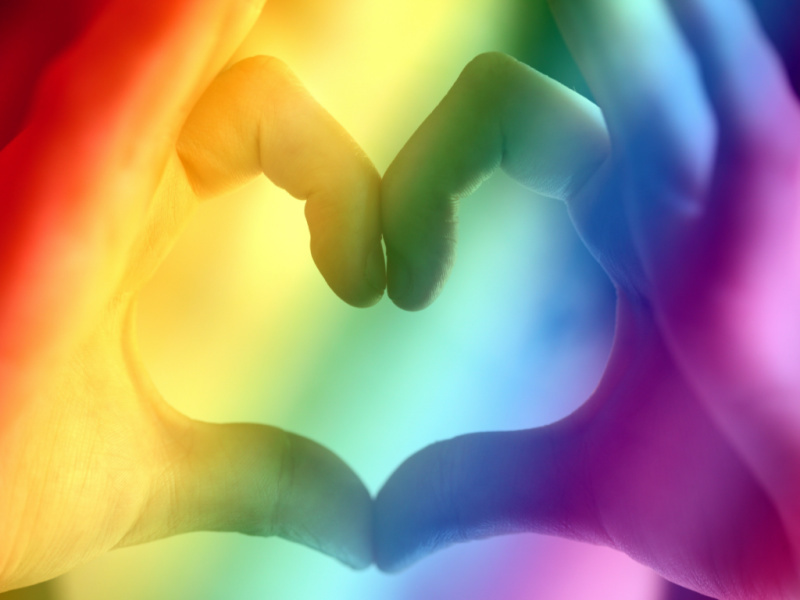While cultural movements abound trying to increase queer inclusion and understanding, it’s no wonder that there has been a rise in queer books being published and, according to NPD Bookscan, a rise in queer book sales as well. It seems that being an LGBTQ+ book is a good thing right now, at least for sales. But what if, in some ways, those same labels are losing sales as well?
Consider, for instance, the pros and cons of these queer books ending up on various published “banned books” lists. When a queer book ends up on a banned books list, there is a possibility of the book gaining an audience, rather than being repressed, especially an audience that wants to fight back against this oppression and will go out to buy the books in support. This leads to increased sales of certain books.
Unfortunately, of course, not all books benefit from “banned books” lists in this way. This article argues that many books will just fall by the wayside and be forgotten. This is a tragedy, especially for all those potential readers from wherever they have been banned.
For now, however, many publishers still feel that queer books need queer labels to be discoverable. There are other aspects of the books that can be marketed as well, but according to sources in this article, a large percentage of the audience still finds queer books because they are looking for queer books. And that audience isn’t just queer people, either. This article is from 2020, so it’s a bit outdated, you could say, considering how quickly some things change, but the current trends in LGBTQ+ books being sold suggests this may still be the case.
But, even with this seeming success for the books that are making it, we publishers need to ask ourselves, is this actually what we want? Are these people just buying books because they are labeled “queer” or are they actually going to go home and read the book, process the book, and hopefully even love the book and want more like it? Is this trend actually a sign of cultural change or just a phase that will blow over like so many others have?
There are other things to think about as well, in a less philosophical vein. Are such explicit queer labels on our books actually helping reach our intended audience? For instance, this librarian warns that making queer labels too blatant can scare off some of the very people we are trying to reach because they aren’t ready or feel safe enough to walk around with an obviously queer book.
And what about people who would love these books, but aren’t actively looking for “queer” books? Some people are willing to read books with queer characters, but aren’t looking specifically for queer books. Not to mention, there is more to a book than just being queer. For some books, yes, the main point is being queer, with queer characters, and addressing various aspects of queer life, but for other books, it is the genre, the adventure, the plot, etc. that are more central, with the queer characters/stories being a bonus on the side. Are we doing these books an injustice by labeling them as queer, rather than letting them shine for their more central themes?
For now, yes, it still seems like queer book labels are not only helping sales, but one of the leading causes of their sales, despite whatever backlash might come from that designation.
But, hopefully, someday LGBTQ+ characters will be such a normal, accepted part of culture it will be an expected possibility in the books we read. Someday, we’ll be able to go out, look in any category, and find plenty of queer books right alongside their counterparts because it will be accepted that any book, anywhere, may reflect real life with real characters.

